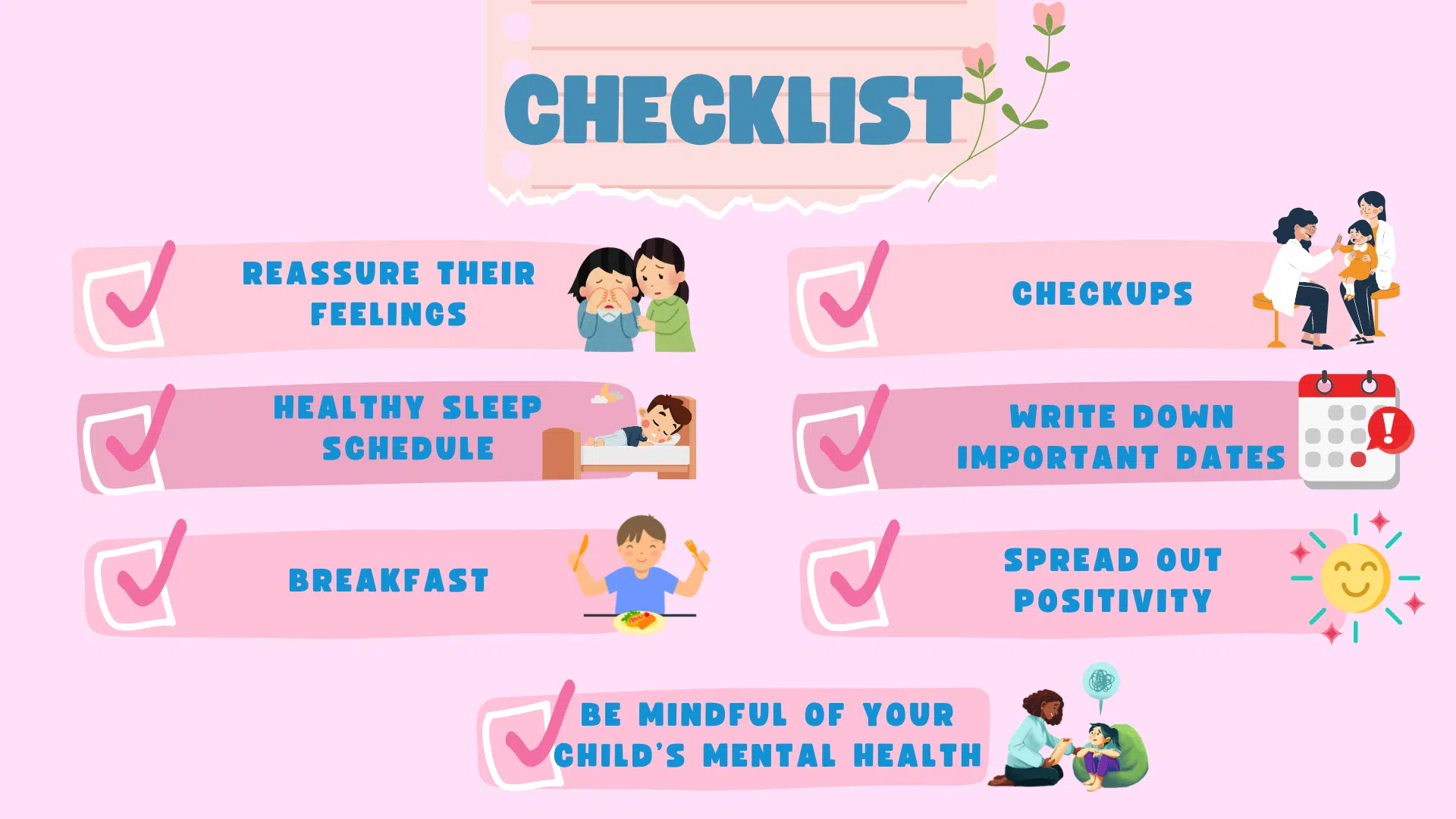
BACK-TO-SCHOOL TRANSITION
BACK-TO-SCHOOL TRANSITION
The back-to-school transition season can be an exciting yet challenging time for students, parents, and teachers. Whether it’s transitioning from a relaxed summer break to a structured school environment or stepping into a new grade with different expectations, navigating this period smoothly is crucial for setting a positive tone for the academic year. “It is normal for children and parents to experience a degree of stress when it is time to start a new school session,” said Steve Blake, Vice President of Clinical Operations at Managed Health Network (MHN). This guide explores practical tips to ensure a seamless transition back to school.
From organizing supplies and establishing routines to addressing anxiety and fostering a positive mindset, these strategies will help you and your family start the school year with confidence and enthusiasm.
Common worries for children and parents that are just starting school include separation anxiety, difficulty making friends, and academic challenges.
Tips for a smooth back-to-school transition
- Heads up: Inform your child that teachers understand students may be nervous on the first day of school. Share your own school experiences to reassure them that their feelings are common.
- Start a healthy sleep schedule: Establish a bedtime and wake-up schedule to ensure your child gets enough sleep and stays energetic at school. The Centers for Disease Control and Prevention offers these guidelines:
|
Age |
Recommended Amount of Sleep |
| Newborns | 16-18 hours a day |
| Preschool-aged children | 11-12 hours a day |
| School-aged children | at least 10 hours a day |
| Teens | 9-10 hours a day |
| Adults(include elderly) | 7-8 hours a day |
- Breakfast: Ensure your child has breakfast before school, as it is crucial for academic achievement, health, cognitive development, and mental health. Skipping breakfast can lead to low energy levels, affecting their ability to learn and concentrate.
- Checkups: Schedule annual medical and dental checkups to ensure your child is in good physical and mental health. Discuss any concerns with your pediatrician.
- Write down important dates: Note important dates in your calendar to avoid overlooking them.
- Set after-school rules: Establish rules for when homework should be done, screen time limits, and participation in extracurricular activities to avoid distractions from studies.
- Positivity: End the school holiday positively to set a good tone for the new school year. Highlight positive aspects of returning to school to help your child look forward to it.
- Assess anxiety: Be mindful of separation anxiety, especially in young children. If concerned about your child’s mental health, consult your pediatrician to rule out physical health conditions and consider a referral to a mental health specialist if needed. If there are no physical health conditions, they will be referred to a mental health specialist.
Research suggests parents can spot stress if their child (depending on age):
- is more clingy than usual or tries escape from the classroom
- appears restless and cries more than usual
- shows uninterested in doing activities that they usually loved to do
- retreats to thumb sucking, baby language or increased attachment to their favorite things like toys
- Prepping:Prepare school uniforms and supplies the night before. Designate a location for morning items such as school bags, shoes, and coats. Discuss the morning routine with your child the night before.
Build good homework and study habits
- Help organize their homework: Some children need extra help organizing their homework. Use checklists, timers, and supervision to overcome homework challenges.
- Create a homework-friendly environment: Ensure your child has a quiet, distraction-free workspace.
- Set household rules: Limit TV and electronic device use during study time. Supervise your child’s computer and internet use.
- Ease fatigue: To combat eye, neck, and brain fatigue, encourage your child to take breaks, stretch, and rest periodically while studying.
The back-to-school transition can be challenging but also filled with opportunity. Key strategies for a smooth adjustment include establishing routines, fostering open communication, and addressing concerns early. Parents can support their children by creating a positive learning environment at home, while educators can ensure a welcoming classroom atmosphere.
Focusing on mental and emotional well-being is crucial. Encouraging positive social interactions and providing support helps students feel connected and ready to learn. By working together, communities can ensure students start the school year with confidence and enthusiasm. With the right strategies, the transition can set the stage for a successful and enriching academic year.
REFERENCES
20 Tips for a Smooth Back-to-School Tra. (n.d.). Www.signupgenius.com. Retrieved June 7, 2024, from https://www.signupgenius.com/School/back-to-school-transition.cfm
https://www.healthnet.com/portal/home/content/iwc/home/articles/tips_for_back-to-school_transition.action
Services, P. (2023, August 15). Back-to-school tips for a smooth transition. Sanford Health News. https://news.sanfordhealth.org/parenting/back-to-school-tips-for-a-smooth-transition/
Back-to-School Tips. (n.d.). HealthyChildren.org. https://www.healthychildren.org/English/ages-stages/gradeschool/school/Pages/Back-to-School-Tips.aspx
How to encourage kids to eat breakfast before school. (2022, August 9). The Parents Website. https://theparentswebsite.com.au/how-to-encourage-kids-to-eat-breakfast-before-school/

